“The real voyage of discovery consists not in seeking new landscapes, but in having new eyes”
– Marcel Proust
The Fur Guru loves to travel. It opens doors, pushes you to learn from others and at the same time it makes you discover new things about yourself. It’s just wonderful! It is the Guru’s interest and love for this particular endeavour that has drawn her to one of the most astonishing feeds on Instagram. Rebecca Bradley’s account was (for quite a while) full of incredible pictures about her travels to Greenland. This furrier and fashion designer is always hungry for new adventures, knowledge and experiences that make her work more credible and exciting. And she didn’t disappoint. Rebecca came back from Greenland brimming with joy over the wilderness and freedom she encountered.
Supported by one of the many initiatives of the International Fur Federation (the Fur Futures program), Rebecca travelled North and encountered a fantastic world that provided her with plenty of inspiration and traditional Inuit knowledge for her new collection. This program aims to provide support to the next generation working with fur. On this occasion, the IFF helped support Fur Futures member Rebecca Bradley from the UK in her incredible journey to Greenland which she described to the Guru as a “life-changing experience”.
She learnt traditional techniques; she hunted, worked and ate seal. She filled her body and spirit with folklore and love for the wild.
This time, the Guru will (try to) be quiet and let Rebecca share the love through this personal journal:
It is the morning of my first Seal hunt, as the sun rises over the horizon, it’s rays strike the sea, creating golden and orange sparkling beams across the water. We are in a relatively small hunters boat, its cold, very cold, compounded by the arctic breeze that blows across us. As I look out across the ocean, taking in the natural beauty of the landscape, I catch a glimpse of the hunter’s rifle and I’m reminded why I’m here.
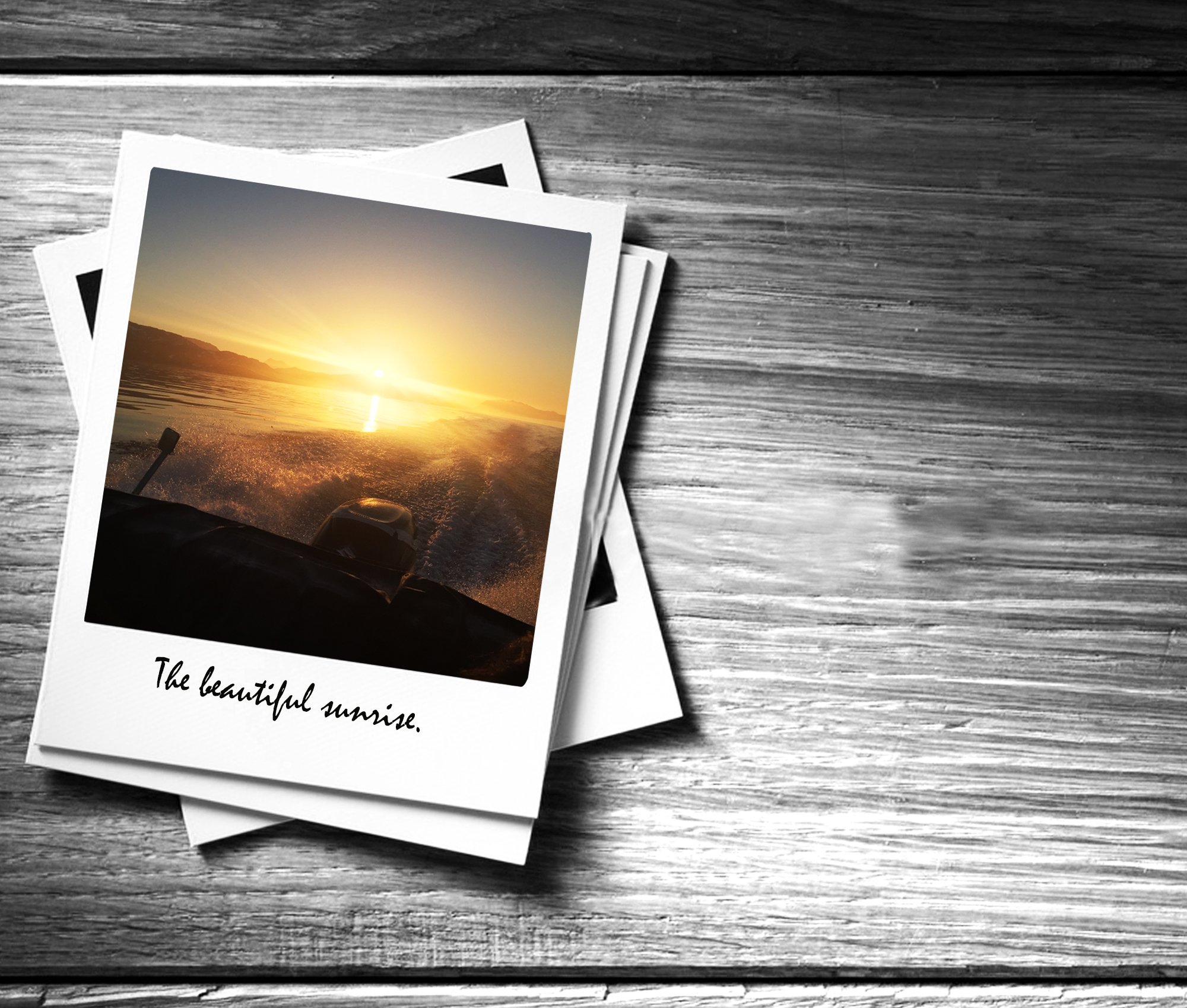
I am excited, and of course apprehensive but I’ve learnt so much here already, I’ve done the research, got independent opinions, met the hunters and their families, and relentlessly studied the numbers.
I am pro fur, of course I am, I am a furrier, but the seal story is one that has captured my imagination like no other. Farming fur is one thing, and I fight this corner relentlessly, but for me seal has this almost inexplicable stigma. The propaganda of the 1980’s has tainted everyone’s views and opinions but I needed to see for myself. Why do people feel so strongly about it and are these horror stories true?
Much of the bad press and associated stigma stemmed from a Greenpeace anti-seal hunting campaign, however in recent years they have become supportive of the right for Inuit communities to hunt seal. They have stated, “Indigenous communities have shown time and again that they understand how to protect the Arctic ecosystem they call home, and their hunting practices have never been a threat to seal or whale populations. They do not hunt seal pups, and their hunt is conducted with respect for the animal. They hunt because it is a crucial way to sustain themselves and their families in the harsh Arctic environment.” *
In the UK we treat animals as a commodity, modern farming methods are a race to the bottom, often leading to horrendous conditions for the captive animals during their short lives. I am always astounded by the hypocrisy of people’s views against fur, opining the fur industry to be shameful and cruel, whilst they gleefully munch into their cheap takeaway, celebrate their supermarket mass consumerism haul, and paint on the latest makeup wonder products, all tested on animals.
I also continue to be perplexed by human discrimination between different animals, and the usage preceding their death. The animal has no awareness or understanding of this and so the animal welfare when the animal is alive is surely more important than its subsequent use.
Animal welfare is of upmost importance to me, and at Rebecca Bradley London I encourage my team to constantly question origin and welfare, the more this is done throughout the fur trade the better standards will be.
Throughout my time in Greenland, I became overwhelmed by the Inuit relationship with their environment and indeed its creatures. This is best described as ‘Inuit Sila’ which has no direct translation into English, which perhaps for me ironically echoes western attitudes.
Seals are not endangered, and now due to strict regulations and quotas it is unlikely they ever will be. For example Inuit never hunt ‘whitecoats’ (baby seals). It is estimated by Great Greenland (the fur house taking care of all the seal skins in Greenland) that there are 12 million seals in Greenland, and due to its inhabitable areas in the north and seal migration it is estimated there could be up to 20 million.
Inuit hunt the seals predominantly for food, and therefore the skin is officially classed as a by-product. A seal can feed an Inuit family for many meals, and it is a rich dark meat with a heady, fishy taste which is extremely rich in nutrients. Not only did I eat the seal we caught (that was cooked for us by a hunter and chef at Great Greenland), but I genuinely enjoyed it.
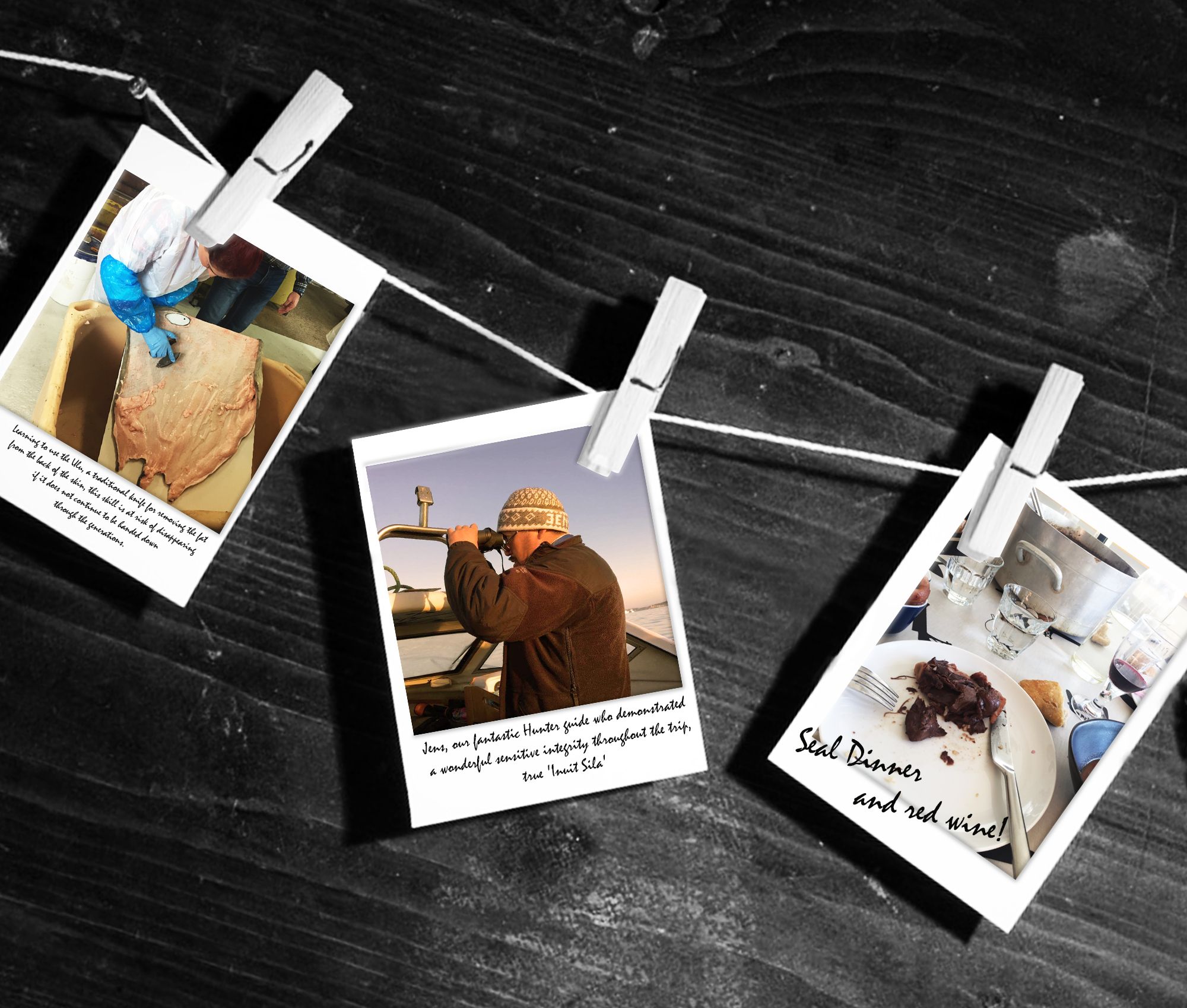
The prejudice against the usage of seal fur has meant unsustainably low skin prices meaning hunting seals has begun to decline within Inuit communities, with many hunters opting to catch fish instead. This has directly led to overfishing and over- population of seals, only adding to rapidly declining fish stocks, as fish are the main food source for the ever growing seal population. The native ecosystem has therefore become unbalanced with diseases and illnesses in seals rising. In fact, biologists have urged Great Greenland and indeed the Inuit to cull as many seals as they can to rectify these issues, something which they are struggling to do.
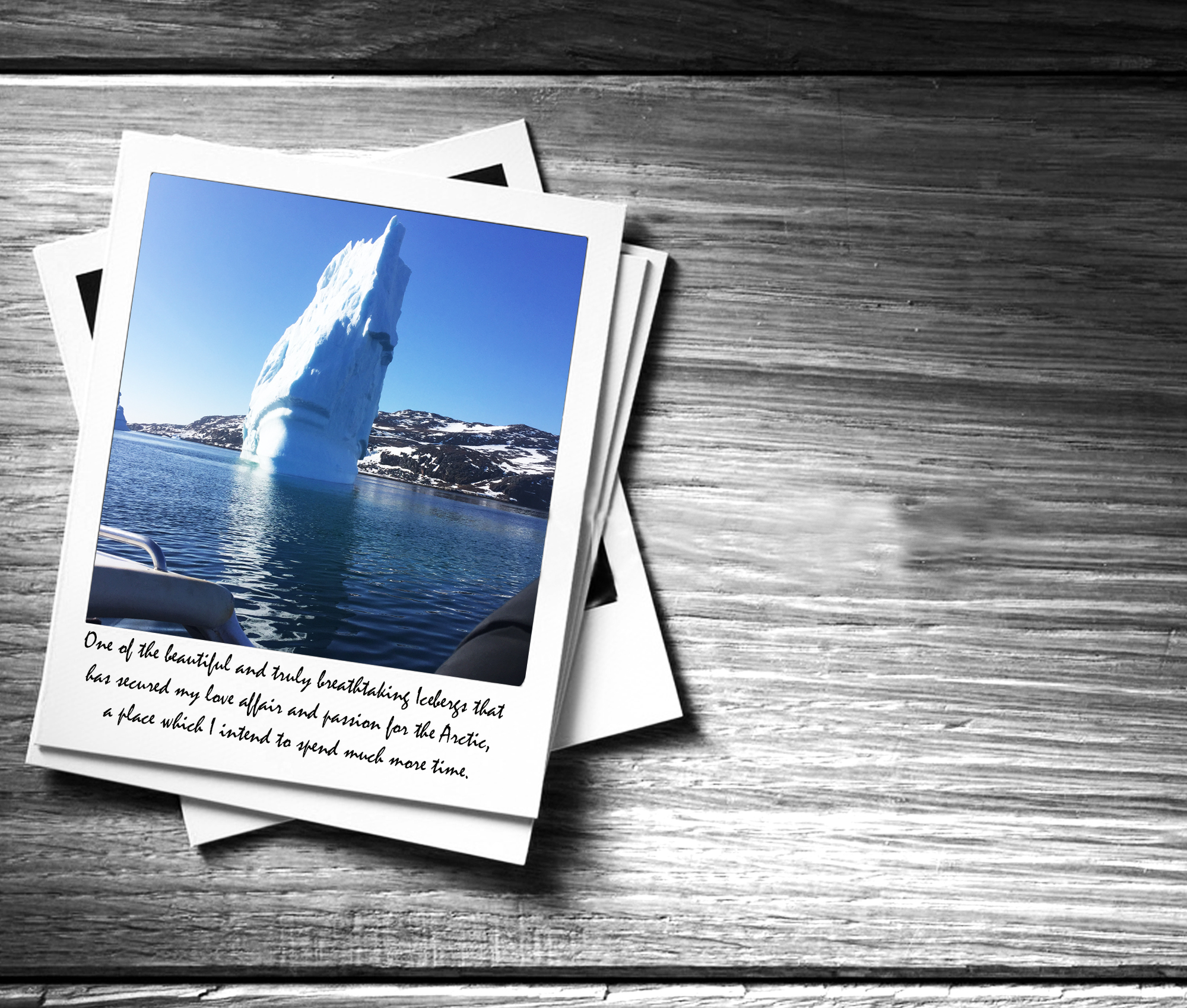
Seal is a fantastic product, it has become one of my favourite pelts to work with, I have been enlightened about its durability, warmth and water resistance, it takes dye spectacularly producing a wonderful array of colours. Its qualities are so versatile, that we found ourselves with endless possibilities for the new collection. Our creations already include, full garments, homewares and decorative work, bags, stationary and footwear.
We will continue to work with seal and push its boundaries, with some new collection ideas already in the pipeline, the results never fail to excite and amaze us. The need to support sealing is greater than ever: balanced prey and predator ecosystems preserved these environments and Inuit communities. I am passionate in encouraging people to reconsider their views and make informed and educated decisions when consuming products that may have had an effect on any living creature and the environment.
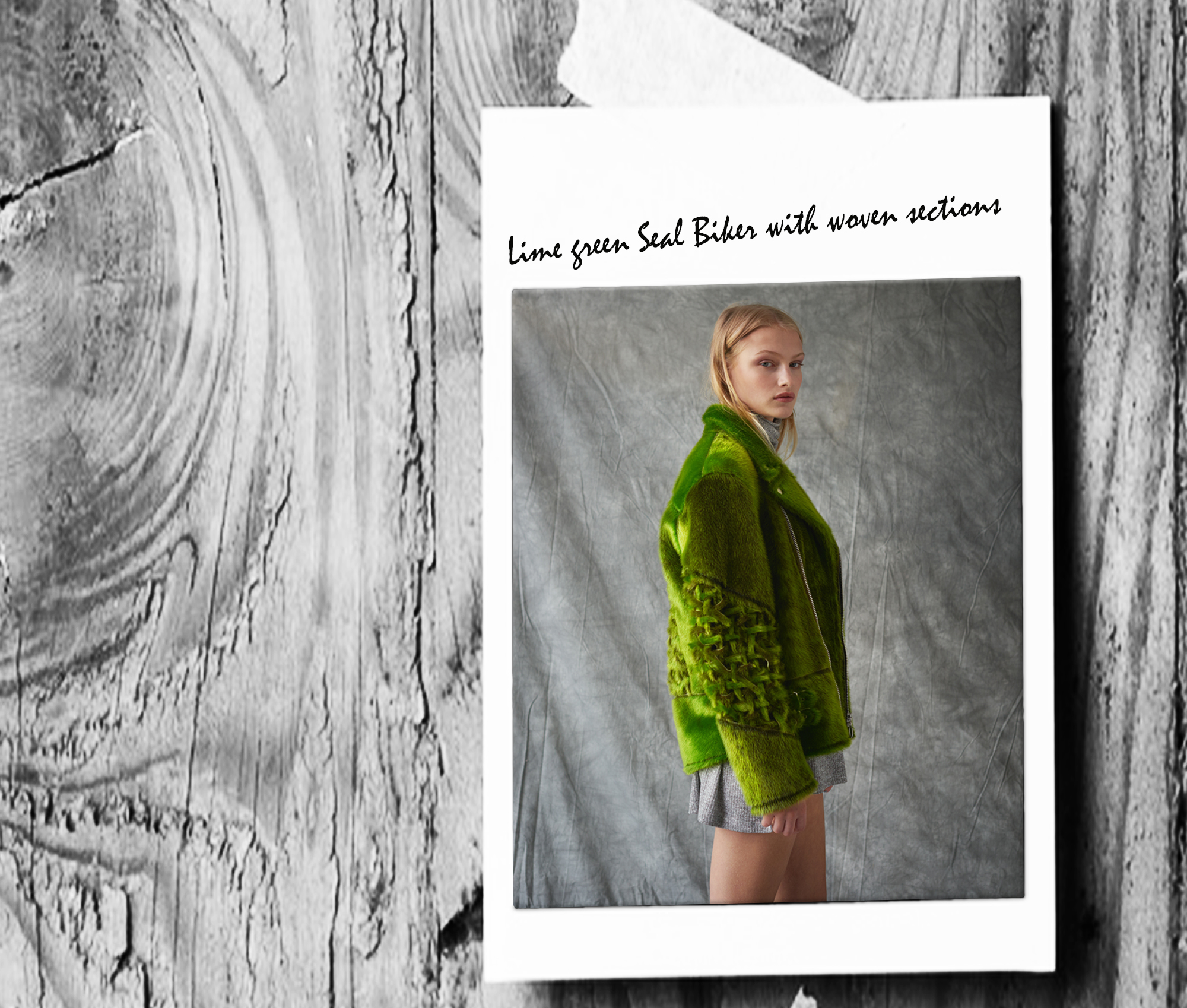
*http://www.greenpeace.org/usa/where-does-greenpeace-stand-on-seal-hunting/
If you are interested in finding out more on the Fur Futures program please visit:
www.wearefur.com/skills-and-careers/
P.S. Oh you just wait for next week! The Guru is planning to surprise you with one of the latest, the trendiest and the most creative designers from China: Wang Yutao. Get ready to be amazed.
The Fur Guru
xx





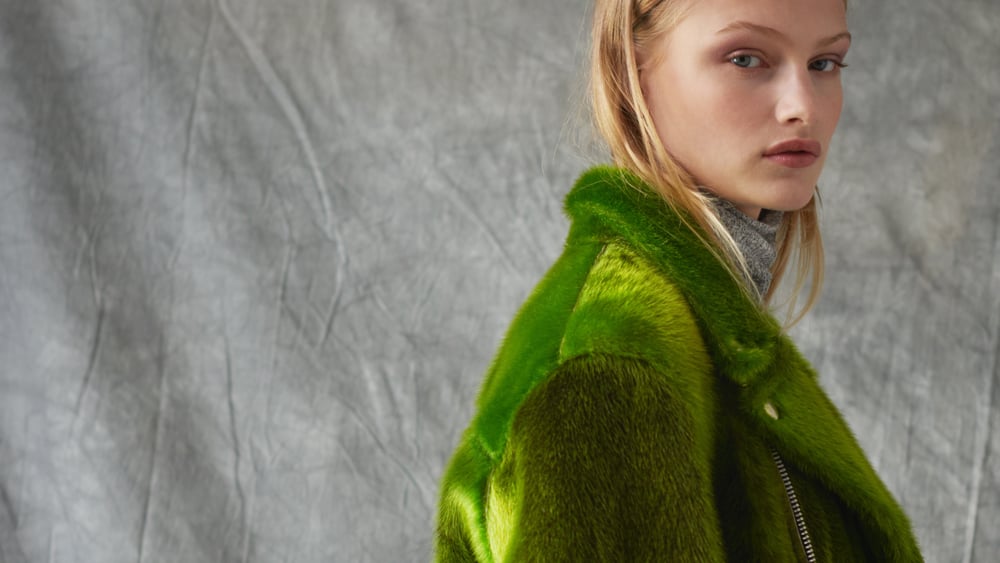
Great Artikel! Since years we would like to work with seal to – again. Is it possible, these days, to import seal skins to Austria(EU)?
Our last Information : ist’s not even alowed to transport skins thrue the EU.?
looking forward hearing from you,
sinsincerely!
michael